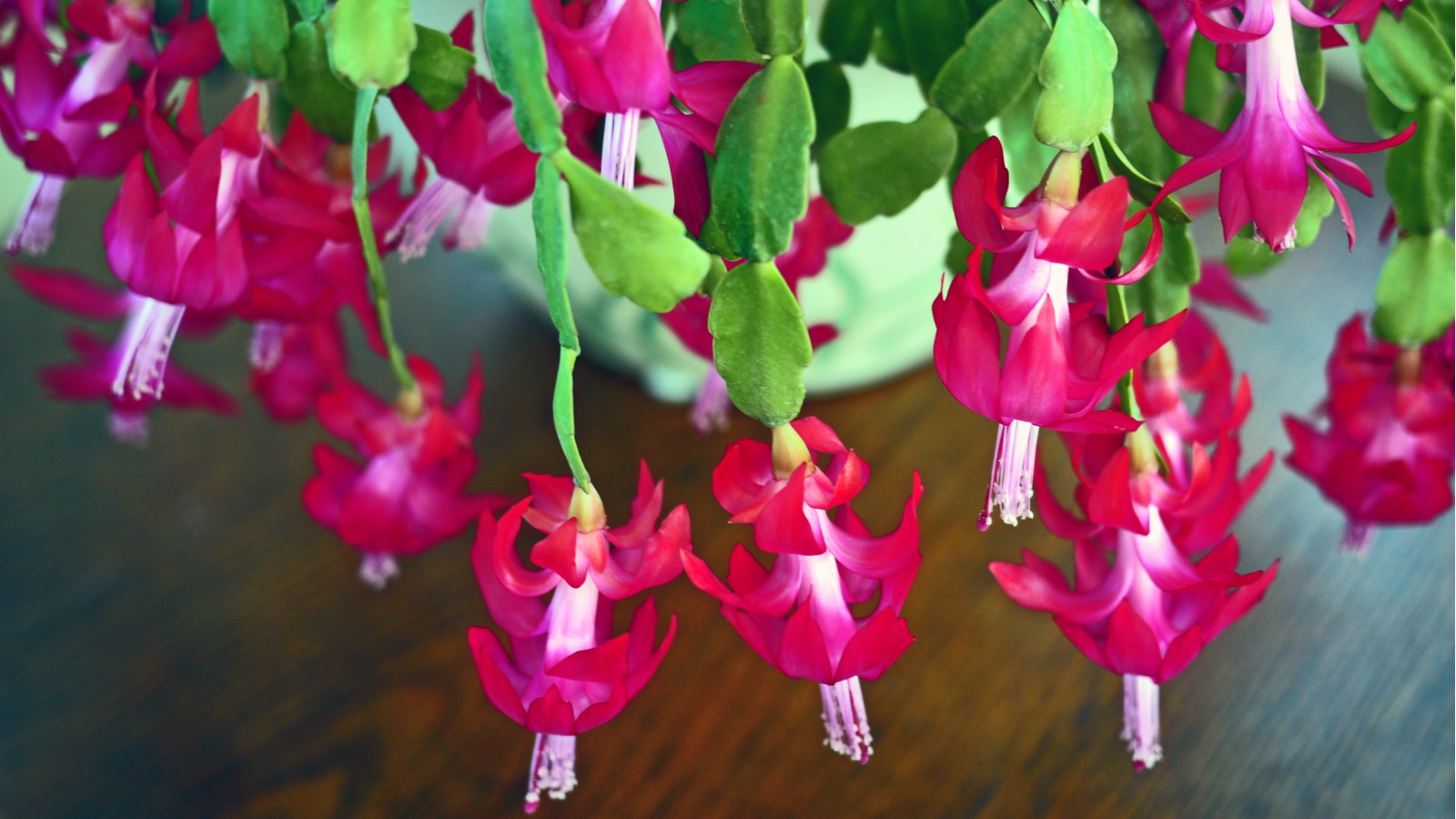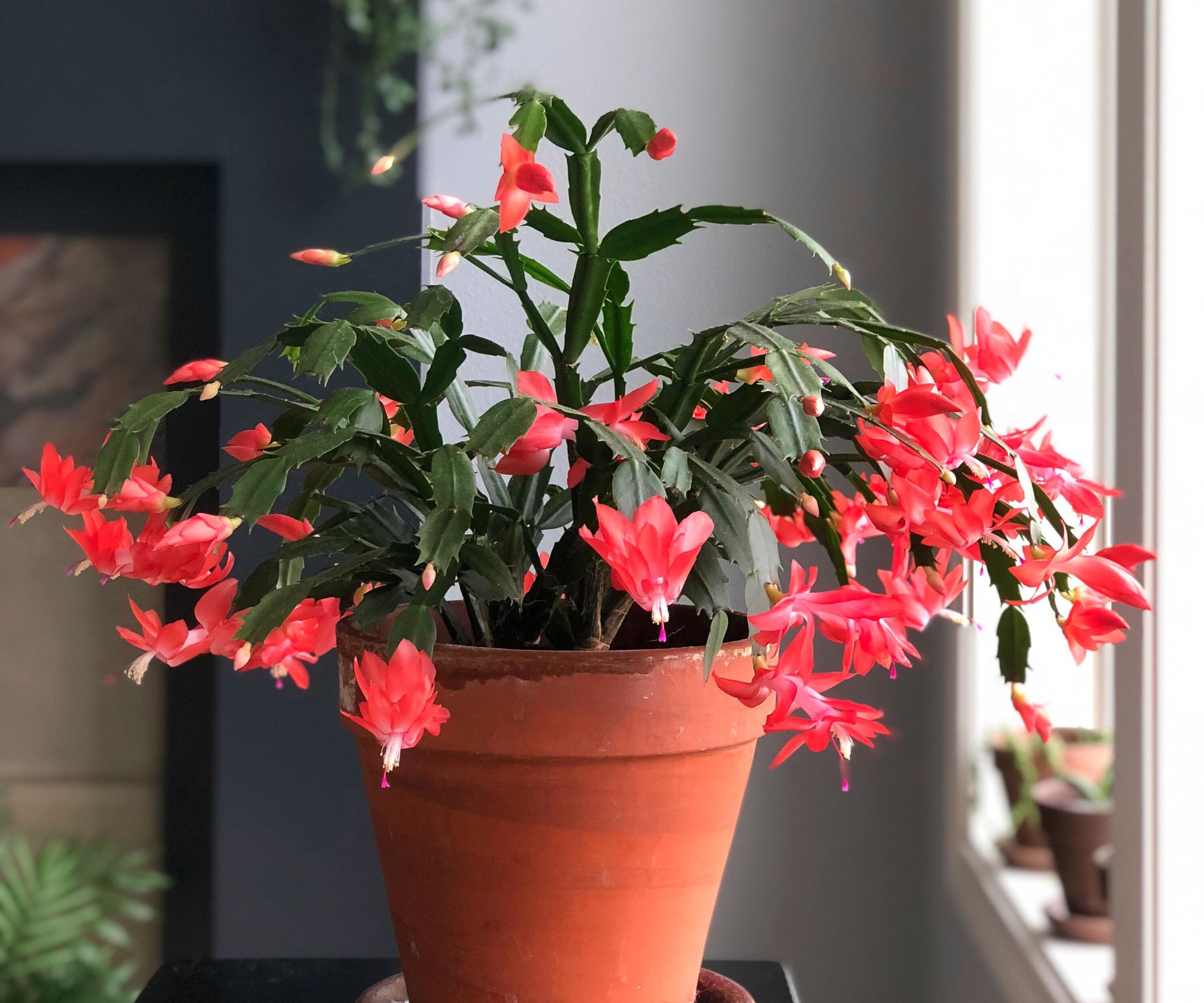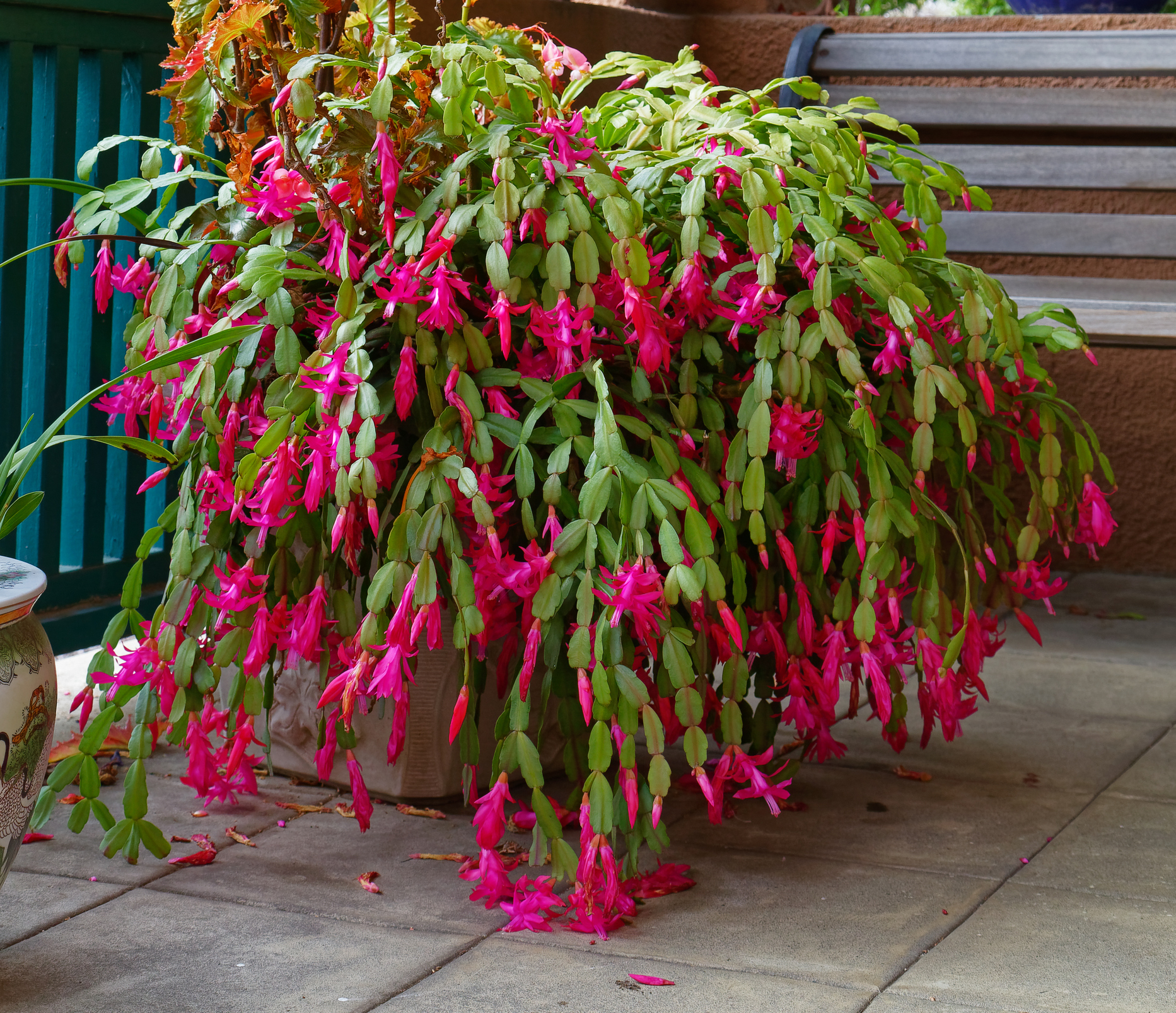How to propagate a Christmas cactus – expert tips to duplicate these festive hints of color
Given that they make the ideal colorful Christmas gift, learning how to propagate a Christmas cactus adds the perfect homegrown touch


Learning how to propagate a Christmas cactus is simple and is a great way to duplicate these festive pops of color.
If you already know how to grow a Christmas cactus it will come as no surprise that these unique plants make great gifts, and learning how to grow your own from a humble cutting adds a wonderfully thoughtful homegrown touch to these living presents.
Whether you are looking to give a growing gift this season, or simply want to expand your plant collection, this expert guide to perfect propagation will make sure that your favorite cacti take root in time for the festive period.
How to propagate a Christmas cactus
Learning how to propagate a Christmas cactus is simple, and there are two ways to go about it.
How to propagate a Christmas cactus in soil

Much like propagating a snake plant, propagating a Christmas cactus involves taking a segment of the stem to develop new roots. While you can take a few cuttings from a plant at a time, make sure to not cut back too much growth. Removing too many leaves at once could cause stress or weakness and cause the parent plant to ultimately die.
The most important step in learning how to propagate a Christmas cactus is knowing how to take plant cuttings correctly explains Rachel Crow, garden editor for Homes & Gardens. 'When looking to propagate a Christmas cactus, start by taking a short, Y-shaped cutting from your adult plant. This segment should contain at least two or three joined segments to ensure it is large enough to sustain growing its own roots.'
When taking plant cuttings, it is also important to make sure your parent plant is healthy and free from disease or decay as this will delay or even prevent root development altogether. As with propagating succulents generally, it is also a good idea to sterilize your pruning scissors first to ensure you do not damage the plant or cut. 'To give your new cutting the best chance of surviving, aim to leave the fresh cutting out to dry on a paper towel for a few hours,' adds Rachel, 'this dries out any excess moisture to prevent stem rot when placed into a potting medium.'
'Most commonly, Christmas cacti are rooted in a moist peat and sand soil mix in a pot with good drainage,' Rachel says. 'Insert around one-quarter of your dried cutting into the soil before placing the pot in a well-lit area avoiding direct sunlight.'
If you know how to care for succulents then you will already know how infrequently these hardy plants require water. Water your cutting sparingly to prevent rotting at first, only increasing watering as the plant develops. Once your plant displays signs of growth, such as small red buds on the end of stems, it may be time to repot a Christmas cactus and move the new plant to loose potting soil with a little compost. It can take anywhere between three and 12 weeks for a cutting to take root, however, so patience is needed.
How to propagate a Christmas cactus in water

'While you can propagate a Christmas cactus in water it can often be more difficult and a little more temperamental,' Rachel warns. 'Still, it is possible to do with the right care and conditions.'
Take the cutting the same way as you would to propagate in soil, but this time you do not need to wait for the stem to dry out before placing the cutting in water. Place the cut end of the stem with the bottom nodes of the two Y-shaped segments just below the water line and again place the container in bright, indirect sunlight.
When propagating a Christmas cactus in water leave the cutting until the roots have grown as long as the stem itself, usually around six to eight weeks, keeping a close eye that the water level does not change and the two bottom nodes remain covered.
'Once the roots are long enough, again transfer the cutting to a drainable pot with potting soil, watering more frequently and fertilizing as needed,' adds Rachel.
When to propagate a Christmas cactus

If you want to make a Christmas cactus bloom, it is important to know when to propagate the cutting for the best growth.
'The best time to propagate a Christmas cactus is when the parent plant has finished blooming and the flowers have fallen away,' Rachel advises. 'Late spring and early summer is the best time to take the cuttings, as this also allows plenty of time for fresh cuttings to take root before the holiday gift-giving period.
'What's more, taking cuttings and propagating a Christmas cactus at this time should make sure that the new plants are begging to bloom themselves by Christmas, making them look nicer when gifted.'
How long does a Christmas cactus take to root?
Christmas cactus plants are not the quickest plants to propagate, with a cutting taking around three to four weeks to develop roots. This month-long process requires patience and regular care if you wish to duplicate your plant.
Can I replant a broken Christmas cactus branch?
If a small section of a Christmas cactus breaks off you may be able to grow it into a new plant. If planted correctly, a broken Christmas cactus stem will take root and develop new growth.
Sign up to the Homes & Gardens newsletter
Design expertise in your inbox – from inspiring decorating ideas and beautiful celebrity homes to practical gardening advice and shopping round-ups.

Chiana has been at Homes & Gardens for two years and is our resident 'queen' of non-toxic living. She spends most of her time producing content for the Solved section of the website, helping readers get the most out of their homes through clever decluttering, cleaning, and tidying tips. She was named one of Fixr's top home improvement journalists in 2024.
-
 Zooey Deschanel and Jonathan Scott's breakfast nook is an innovative, effective use of kitchen space – it turns a 'dead area' into a cafe-style corner
Zooey Deschanel and Jonathan Scott's breakfast nook is an innovative, effective use of kitchen space – it turns a 'dead area' into a cafe-style cornerJonathan and Zooey have situated an eccentric yet elegant dining area in what may have been an otherwise underused corner
By Hannah Ziegler Published
-
 6 things you should never throw in the trash – and what to do for safe disposal instead
6 things you should never throw in the trash – and what to do for safe disposal insteadFrom batteries to space heaters, experts reveal what not to throw
By Andy van Terheyden Published